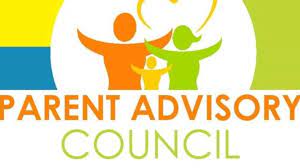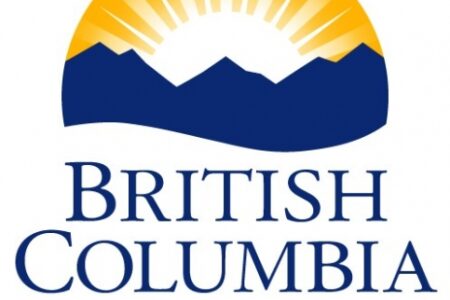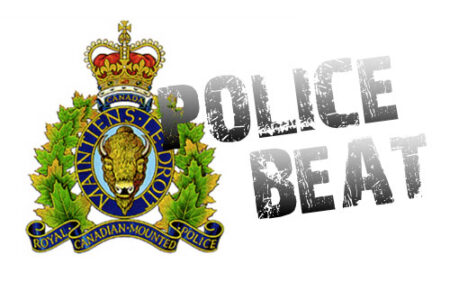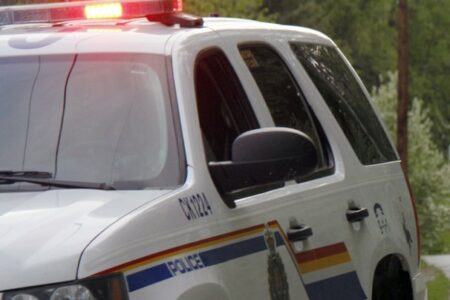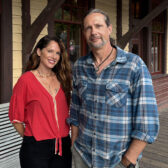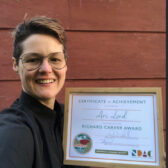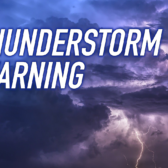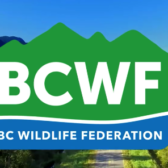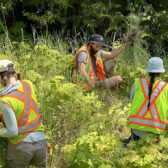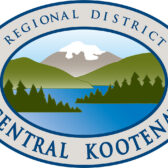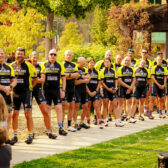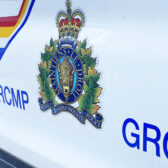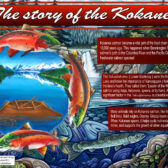Backyard burning permit passes third reading
The fee has been set for backyard burning — at $10 — and council has passed third reading on the Fees and Charges Amendment Bylaw to set that rate.
The burning permit was revised from $25 to $10 to ensure cost recovery of the administrative function of issuing the permit, and to make sure the value of the fee is not onerous to the public.
Approval was given April 4 on the third reading on the Fire Regulation and Prevention Bylaw to allow for two backyard burning periods per year, set at the discretion of the fire chief.
Burning piles of slash and prescribed burns are common forestry management practices, creating the best prevention protection against loss, damage or injury due to wildfires.
According to fire chief Simon Grypma, disposal of combustible vegetation and hazard abatement in wildfire interface areas significantly reduces the threat of wildfire and also enhances wildlife habitat.
A City staff report said backyard burning could be considered part of routine wildfire mitigation in certain areas of Nelson.
A section of the Official Community Plan noted there were various areas of the city located within or near wildland settings where natural vegetation makes them at high risk of wildfire within the urban/wildland interface.
The fire chief has proposed that April be the first month to allow burning under the new bylaw.
The backyard burn period that was
The backyard burn period in 2010 was the first in the city since 2007 when they issued 236 permits, compared to the 77 they issued last fall.
When a telephone survey of people who used backyard burn permits was done (25 people in all), it was found the permits were not used just for disposing of yard waste but for the cleaning up of woody debris (77 per cent) — a potential hazard in the instance of an interface forest fire.
Of the 77 permits issued, only one permit was not acted upon (due to time and weather venting).
The majority of materials burned consisted of small to medium diameter branches and yard waste, with three homeowners burning larger wood materials such as logs and trees.
Most people (77 per cent) said they not only wanted to avoid a trip to the waste transfer station, but they also wished to assist the City in their Community Fire Smart Initiative to reduce the risk of an interface fire.


